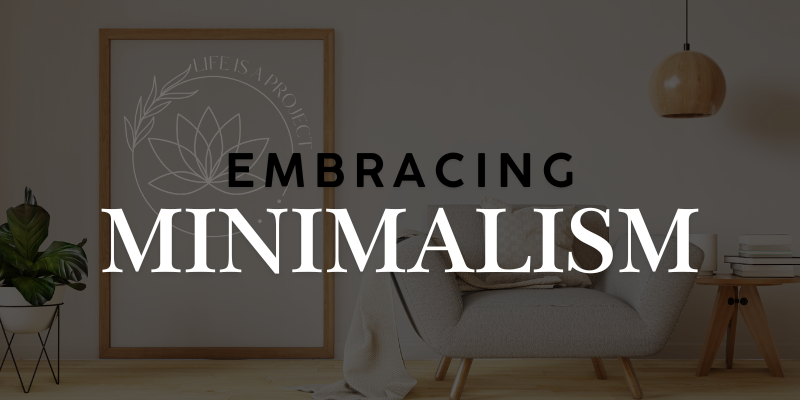Hey there! So, you’ve hit your 40s (or beyond), and suddenly, the thought of staying fit seems a bit more daunting. Between managing a career, family, and all the other curveballs life throws your way, it’s easy to let fitness slide down your list of priorities.
You’re not alone—many people find it tough to stay active as they get older. But here’s the good news: you can absolutely stay fit after 40, and it doesn’t require a complete overhaul of your life.
Let’s talk about some specific strategies to overcome common fitness challenges and keep moving, no matter what age you’re at.
The Reality: Fitness After 40 Isn’t Always Easy
Let’s face it: the fitness landscape changes as you age. Maybe you’re noticing that your energy levels aren’t what they used to be, or that old injuries are starting to flare up. Perhaps your schedule has gotten busier, or you’re struggling with the motivation to work out after a long day.
These are all normal hurdles, but they don’t have to stop you in your tracks. The key is to adjust your approach and find what works for you now, rather than clinging to what worked in your 20s or 30s.
Fitness after 40 is about sustainability, flexibility, and most importantly, listening to your body. Here’s how you can tackle some of the most common obstacles and keep fitness a part of your routine.
Overcoming Common Challenges
1. Challenge: Lack of Time
We get it—time is a hot commodity, and it often feels like there’s just not enough of it to fit in a workout. Between work, family commitments, and trying to squeeze in a bit of downtime, exercise can easily fall by the wayside.
Strategy: Make Fitness Work for Your Schedule
- Micro Workouts: Forget the idea that you need an hour to get a good workout in. Micro workouts—5 to 10 minutes of high-intensity activity—can be incredibly effective. Try doing a quick set of squats, lunges, or push-ups during TV commercials or between meetings.
- Combine Activities: Find ways to pair fitness with other tasks. Walk or bike to run errands, do squats while brushing your teeth, or stretch while watching your favorite show. Every bit of movement counts.
Pro Tip: Schedule your workouts like you would any other important meeting. Block off time in your calendar, even if it’s just for a 15-minute power walk.
2. Challenge: Lack of Motivation
Motivation can be a fickle friend, especially when you’re balancing the demands of mid-life. It’s not uncommon to feel like exercise is just one more thing you have to do, rather than something you want to do.
Strategy: Make Fitness Fun Again
- Find What You Enjoy: The best exercise is the one you enjoy doing. Whether it’s dancing, hiking, yoga, or joining a sports league, find an activity that feels more like fun and less like a chore.
- Set Realistic Goals: Small, achievable goals can help keep you motivated. Instead of aiming for a complete fitness overhaul, start with something simple, like walking 10 minutes a day or doing a short workout three times a week.
Pro Tip: Buddy up! Exercising with a friend or joining a fitness group can provide the accountability and social boost you need to stay on track.
3. Challenge: Physical Limitations or Injuries
As you age, old injuries or new physical limitations can make certain activities more challenging. It’s important to honor your body’s needs and adapt your fitness routine accordingly.
Strategy: Modify and Adapt
- Low-Impact Options: Low-impact exercises like swimming, cycling, or using an elliptical can be kinder on your joints while still providing a great workout. Don’t be afraid to modify moves—swap out jumping jacks for step touches, or high knees for marching in place.
- Strength Training: Building muscle mass is crucial as you age. Focus on bodyweight exercises or light resistance training to improve strength without putting too much strain on your body.
Pro Tip: Listen to your body and don’t push through pain. If something doesn’t feel right, modify the movement or try a different exercise.
4. Challenge: Feeling Too Tired
Fatigue is a common complaint as we get older, and the idea of working out when you’re already exhausted can feel like an uphill battle. But paradoxically, regular exercise can actually boost your energy levels.
Strategy: Energize with Exercise
- Morning Workouts: If possible, try to exercise in the morning when your energy levels are highest. Even a short, gentle routine like stretching or a brisk walk can set a positive tone for the day.
- Active Breaks: Instead of reaching for another coffee, take an active break when you’re feeling sluggish. A quick burst of movement—like a short walk or some light stretching—can help wake you up more effectively than caffeine.
Pro Tip: Pay attention to how different types of exercise affect your energy. If high-intensity workouts leave you drained, try gentler forms of exercise like yoga, tai chi, or pilates.
5. Challenge: Sticking to a Routine
Establishing a consistent fitness routine can be tough, especially when life’s demands are constantly shifting. Consistency is key, but so is flexibility.
Strategy: Be Consistent, But Flexible
- Routine with Wiggle Room: Establish a routine, but allow for flexibility. If you miss a morning workout, don’t sweat it—fit it in later in the day or swap it for a lighter activity.
- Mix It Up: Variety is the spice of life, and it’s also a great way to keep your workouts interesting. Rotate between different types of exercise to keep things fresh and to work different muscle groups.
Pro Tip: Reward yourself for consistency, whether it’s a small treat, a new workout outfit, or simply acknowledging your progress. Positive reinforcement can help turn exercise into a habit rather than a chore.
Making Fitness Work for You
Staying active after 40 isn’t about chasing after your 20-year-old self—it’s about embracing where you are now and finding ways to keep moving that work for your current lifestyle and body. The key is to make fitness enjoyable, accessible, and something you look forward to rather than dread. It’s okay if your workouts don’t look the same as they did a decade ago; what matters is that you’re moving and taking care of yourself in the ways that feel best to you.
Conclusion: Embrace the Journey
Fitness after 40 is a journey, not a destination. It’s about finding what feels good, honoring your body, and making movement a regular part of your life—even if it’s just in small ways. So whether you’re fitting in a 10-minute walk, trying a new low-impact class, or simply standing up more throughout the day, remember that every bit of movement counts.
Here’s to staying active, embracing the process, and finding joy in moving your body, no matter what age you are!



